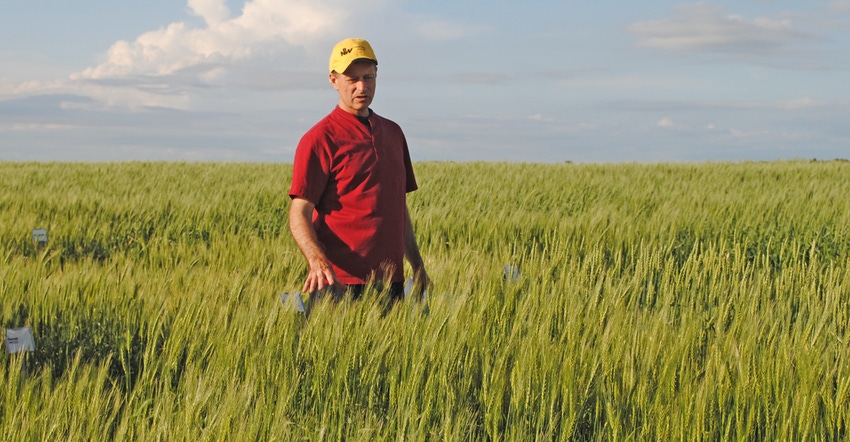
Farmers use crop insurance every year to manage their risk in the field. It is an important component to risk management, helping maintain profitability and business viability, even in tough times. For certified organic farmers, the options available for crop insurance products have expanded.
“Today, more than 80 certified organic crops can be insured at organic prices, and there are a number of specific options and considerations for organic policies,” says Kate Hansen, Center for Rural Affairs policy assistant. “While federal programs have grown and improved, a sizable percentage of organic crops still go uninsured, and beneficial options go underused.”
Part of the problem has been a lack of correct information. So, CFRA decided to compile an educational resource, “Conversations from the Field: Crop Insurance for Organic Operations.” This guide, released in January, sheds light on the crop insurance process and the multiple options available to organic farmers.
One of the most striking aspects of this new guide is the way it was put together. “We connected with agents and farmers largely by word of mouth,” Hansen says. “Some of the farmers we already knew, while others were recommended to us by fellow farmers or organic industry professionals.”
The guide is organized by different categories, with farmer profiles and insights, along with detailed information directly from crop insurance agents with experience at insuring organic operations. Even conventional farmers would find this guide useful in navigating the myriad of options, deadlines and guidelines of the crop insurance programs.
�“For the agents, we asked around to see who organic farmers were satisfied with,” Hansen explains. “In fact, there are a few agent-client pairs in the guide. Each individual brings a unique perspective to the guide, from Nebraska farmer Justin Doerr, who is also a crop adjuster, to South Dakota agent Megan Vaith, who specializes exclusively in organic crop insurance.”
Hansen put on her farmer’s cap when she was interviewing crop insurance agents for the guide. “I tried to ask questions that a farmer would want to ask if they were in my place, such as when to start thinking about crop insurance, the claims process and organic prices,” Hansen recalls. “For each conversation with a farmer, we talked about their history with crop insurance, experiences using it and recommendations for other producers. Quite naturally, some stories came out as well, like Scott Shiver’s experience with the derecho storm that hit Iowa in 2020.”
Hansen hopes the guide gets the conversations going between farmers and their agents about what works best for individual operations. “The guide would be a valuable resource for many, from beginning farmers trying to navigate the process, to experienced producers who might want to brush up on the options available to them,” she notes. “It may also be useful to crop insurance agents who are trying to better understand the perspective of their organic customers.”
The deadline for crop insurance sign-up is coming up fast on March 15. Hansen advises farmers to lose any assumptions about buying the exact same policy as last year.
“Keep an open mind and discuss what your options are,” she suggests. “Whether it is insuring at contract prices, or changing unit types on your policy, there may be adjustments you can make to better suit the needs of your organic operation.”
“Conversations in the Field: Crop Insurance for Organic Operations” is available online at cfra.org/publications, or email Hansen at [email protected] to request a print copy of the guide.
About the Author(s)
You May Also Like






